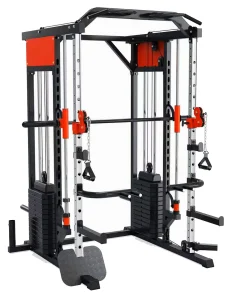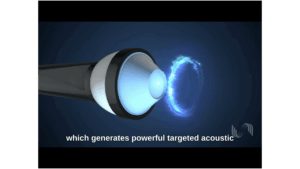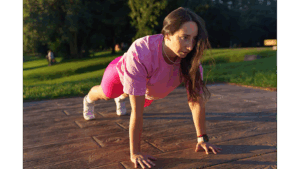
Women over the age of 50 face a critical convergence of health challenges—accelerated muscle loss, bone density decline, and hormonal shifts—that significantly elevate the risk of falls and frailty. This combination, often called the “Aging Triad,” requires proactive intervention. Experts at Oh!mino, are issuing a strong advisory for postmenopausal women to integrate targeted resistance training as a primary, non-negotiable preventative health measure to maintain functional independence.
The organization notes that the age-related muscle wasting condition known as sarcopenia—the progressive and debilitating loss of muscle mass and strength—affects an estimated 10–27% of adults aged 60 and older. However, the foundational issues that lead to sarcopenia begin much earlier, often unnoticed.
“Muscle loss isn’t just about getting weaker; it’s a foundational threat to independence and quality of life,” a representative from Oh!mino states. “For women who also experience rapid bone loss post-menopause due to declining estrogen levels, the synergy of declining muscle and bone strength forms an ‘Aging Triad’ that drastically increases the likelihood of debilitating falls and fractures later in life. We need to shift the focus from slowing decline to actively reversing it through targeted, evidence-based interventions.”
Resistance Training: A Proven Reversal Strategy
While muscle loss begins as early as the 30s, the specialists at Oh!mino emphasize that the process is not irreversible. This is a crucial point for older adults who may feel their physical capabilities are permanently set. Clinical studies have consistently shown that older adults, even those into their 80s and 90s, can significantly increase muscle size and strength through structured, progressive strength-training programs. This demonstrates the remarkable plasticity of human muscle tissue, regardless of chronological age.
Oh!mino’s key recommendations are rooted in decades of evidence linking regular resistance training to wide-ranging health benefits:
- Preserved Bone Density (Osteogenic Effect): Resistance work provides the necessary mechanical stress or load on the bones, signaling to the body that it needs to maintain and even increase bone mineral density. This is a critical defense against osteoporosis and fractures.
- Enhanced Balance and Stability: Exercises that strengthen core, hip, and leg muscles (the primary stabilizers) directly improve proprioception, gait, and stability, thereby significantly reducing the risk of injurious falls.
- Improved Metabolic Health: Increased muscle mass acts as the body’s largest glucose sink. Maintaining or building muscle improves insulin sensitivity, helps regulate blood glucose levels, and supports overall metabolic function, which is protective against Type 2 diabetes.
- Boosted Cognitive Function: Emerging research also strongly links consistent physical activity, particularly resistance training, to better cognitive function, mood, and sleep quality in older adults.
The Rx: Consistency and Nutrition
“Resistance isn’t a suggestion; it’s the prescription for a resilient life,” the Oh!mino team member adds. “We recommend at least two strength sessions per week, with each session targeting all major muscle groups. This routine should include accessible options like body-weight exercises (squats, push-ups), resistance bands (which are joint-friendly and adjustable), and dumbbell circuits, tailored to individual fitness levels.”
Crucially, effective resistance training must be supported by optimal nutrition. The organization stresses that women over 50 require a heightened focus on protein intake to facilitate muscle repair and growth. The recommended intake is approximately 0.75 to 0.8 grams of protein per kilogram of body weight per day, with slightly higher amounts often beneficial when combined with a consistent strength-training regimen. This synergy of stimulus and fuel is the foundation for successfully reversing age-related muscle decline.
Oh!mino
3020 Old Ranch Parkway
Suite 300
Seal Beach
California
90740
United States






















